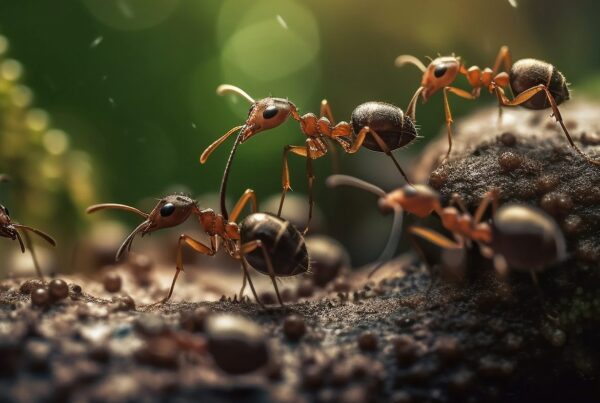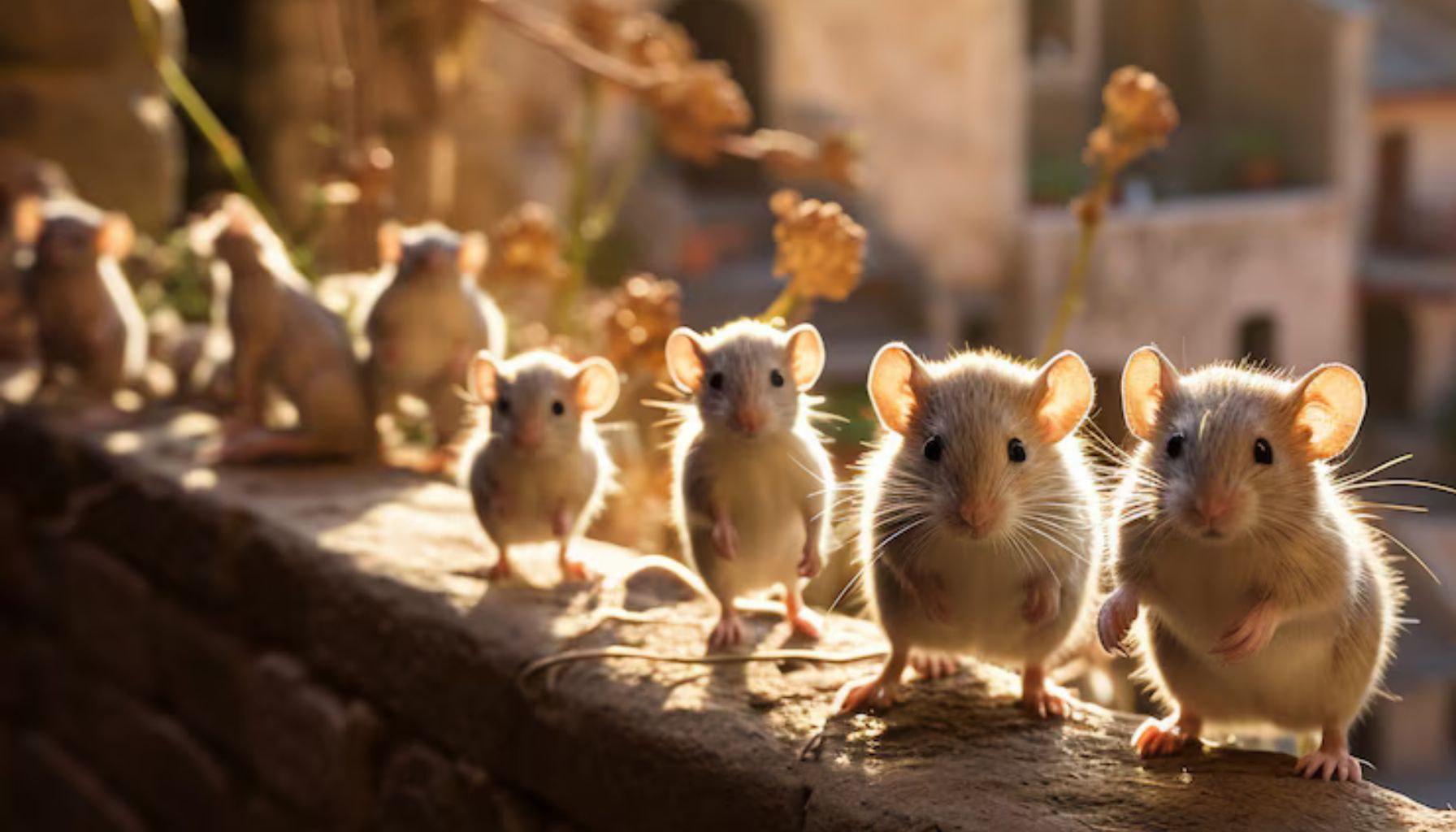Rodents are among the most widespread mammals, with more than 2,000 identified species falling under the Order Rodentia. While many rodents live in wild habitats, several species are known for invading homes, posing risks to property, food storage, and health. Understanding the types of rodents and their habits is key to identifying and addressing an infestation early.

What Makes a Rodent a Rodent?
All rodents share a defining trait – a pair of continuously growing incisors in the upper and lower jaws. This trait necessitates constant gnawing, which is part of why rodents can cause so much structural and material damage when they nest indoors.
Rodent Classification – A Quick Overview
Rodents are categorized into various families and subfamilies. Below are some important classifications relevant to household pest control:
1. Muridae: The largest family of rodents, comprising about two-thirds of all rodent species. It includes:
- Old World rats and mice
- Gerbils
- Crested rats
- Sand rats
2. Cricetidae
- New World rats and mice
- Voles
- Lemmings
- Hamsters
3. Capromyidae, Erethizontidae, Dipodidae, Castoridae: Other families that contain porcupines, beavers, jumping mice, and more. We’ll focus on those most relevant to residential pest concerns.
Note: While some rodent species like squirrels or chipmunks fall under this order, we’re excluding them from this overview as they are not common indoor pests.
Common Types of Rodents in Residential Areas
| Rodent Type | Family / Category | Key Traits | Habitat / Risk |
| House Mouse | Muridae | Small, fast, leaves droppings, musky odor | Indoors – walls, kitchens, basements |
| Norway Rat / Roof Rat | Muridae | Large size, strong jaws, destructive chewing | Structural damage, attic and basement infestations |
| Vole | Cricetidae | Short tail, stocky, resembles a mouse | Outdoor gardens, burrows near home foundations |
| Gopher | Burrowing Rodent | Large teeth, builds tunnel systems | Yards, landscaping destruction, possible slab interference |
| Pocket Gopher (Mole-like) | Similar to gophers | Small eyes, powerful diggers | Root damage, soil upheaval in lawns |
| Hamster / Gerbil / Pet Rodents | Domesticated/Cricetidae | Escape-prone, can reproduce if loose | May attract wild rodents, escapees can become pests |
| Desert Rodents (e.g., Kangaroo Rats) | Varies | Long hind legs, adapted to arid climates | Invade homes near deserts during droughts |
Why Identifying Rodent Types Matters
Understanding the type of rodent you’re dealing with allows for better pest management strategies. While DIY traps may help with mice, other species like voles or gophers require targeted intervention.
Related Read: Everything You Should Know About Mice
Importance of Professional Rodent Control
Even small rodents can cause major problems – chewed wires, contaminated food, allergens, and diseases like hantavirus. While some homeowners try DIY approaches, professional pest control ensures:
- Proper species identification
- Targeted treatment plans
- Prevention strategies to avoid repeat infestations
In many cases, by the time rodent activity is visible, they’ve already established nests and breeding grounds.
Final Thoughts
Rodents come in many forms—from tiny voles and burrowing gophers to the common house mouse. While some species may seem harmless or even cute, many rodents pose serious risks to your home and health. They can contaminate food, gnaw through wiring, and multiply quickly if left untreated.
Understanding the different types of rodents that may invade your home is the first step toward effective prevention. However, managing an infestation often requires more than DIY traps or home remedies.
Professional rodent control services not only help identify the exact rodent species you’re dealing with but also tailor safe, strategic solutions to eliminate them—and prevent their return. If you’ve noticed signs of rodent activity, it’s worth calling in the experts before a small issue becomes a widespread infestation.
FAQs
What are the most common rodents found in homes?
House mice and rats (Norway and Roof Rats) are the most frequent intruders in residential buildings.
Can pet rodents become a pest issue?
Yes, escaped or released pets like hamsters and gerbils can reproduce or attract wild rodents.
How do I know if I have a vole or a mouse?
Voles have short tails and stocky bodies, while mice are more slender with longer tails.
Do gophers damage home foundations?
They can. Their tunnels can extend beneath concrete slabs, potentially destabilizing structures.
What’s the best way to get rid of rodents?
While traps can work for light issues, larger or recurring problems should be handled by a licensed pest control professional.
Recent Posts / View All Posts



